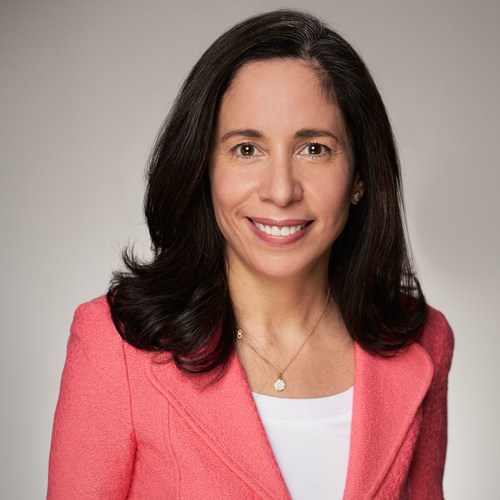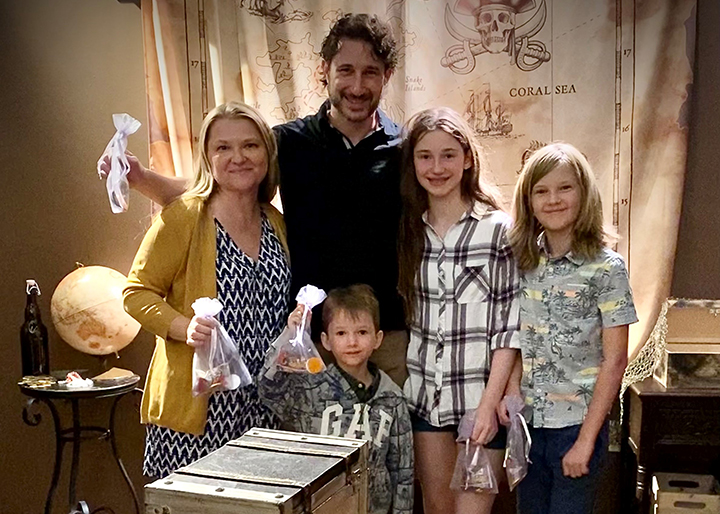Fannie Mae Announces Priscilla Almodovar as Chief Executive Officer
Financial services veteran brings more than 30 years of finance, real estate, and community development expertise and a strong commitment to affordable housing. Fannie Mae announced that it has appointed Priscilla Almodovar as Chief Executive Officer (CEO) and member of the Board of Directors, effective December 5, 2022. Almodovar will succeed David C. Benson, who has served as Interim CEO and a member of the Board of Directors since May 2022. After her arrival, Benson
Read More












